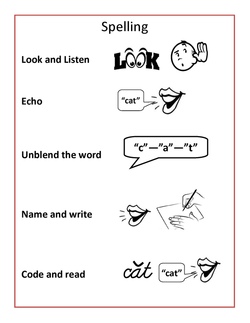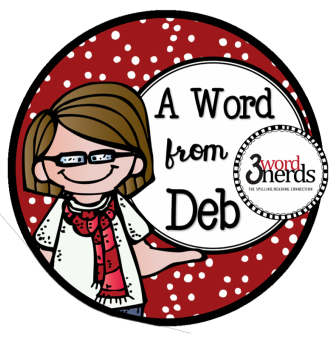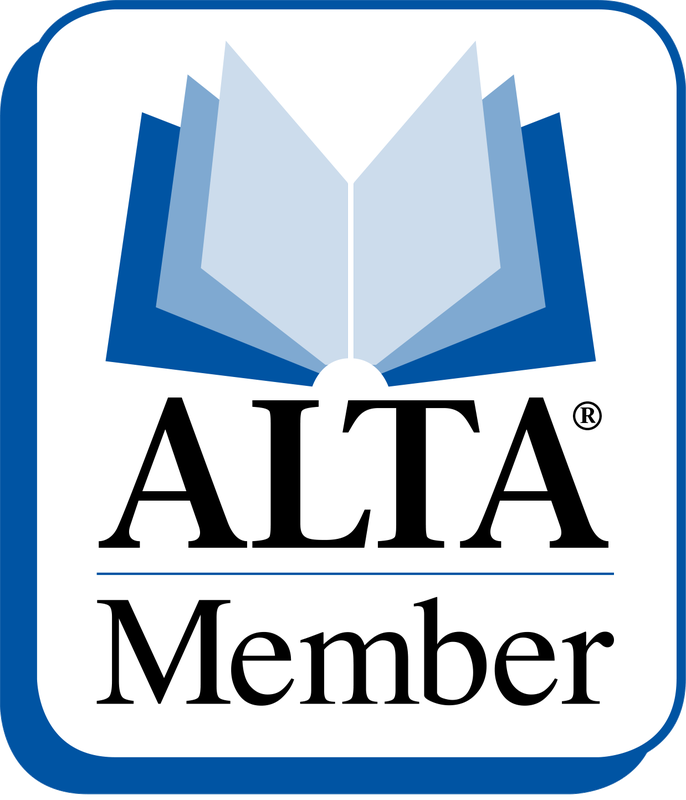
Some students were super successful and even looked forward to the test. Others seemed to immediately need to go to the bathroom - anything to try and get out of taking it. There just never seemed to be a fun or engaging way to give the test and since it was a grade level expectation - I couldn't get out of it either. I wanted ALL of my students to be successful and learn to be good spellers. I could see the link between the good spellers in my classroom and success in reading and writing, but it wasn't until I became a dyslexia therapist that I learned a better way. I cringe just thinking about all those weekly spelling tests - yikes!
Now - when I give spelling words to students to spell, I use a very different process. The results are significantly better than ever and I would NEVER revert back to the "old - tried and true" method. Here are the steps that seem to really help students connect the sounds in the word with how to spell them.
Spelling WORD Dictation Procedure:
- Look and Listen - first I ask students to look and listen to me. When I have their attention, I give them the first word - speaking very distinctly and enunciating the word.
- Echo - next, I ask the students to echo (repeat back) the word. This ensures that they have heard it as well as gives them the opportunity to "feel" the word as their mouth makes it and to hear the word made by their own voice.
- Unblend the word - together, we "unblend" the word. This means that we break the word apart into the individual sounds of words. So - "cat" would be /k/ - /a/ - /t/ and "that" would be /th/ - /a/ - /t/. Have the students put up a finger for each sound or touch a finger on the desk for each sound to engage a tactile sense to the process.
- Name and Write - encourage students to softly, spell the word as they write it. Again - this engages multiple senses into the spelling process.
- Check and read - have the students review the word, check it over (code it - if this is a process you have taught and use in your teaching) and then read the word aloud.
AND - now for Sentence Dictation!

Here's a much BETTER process!
- Short sentences - make the sentences SHORT. Your goal should be for your students to be able to write the sentence with no more than two repetitions. If they can't - its TOO long!
- Remind them of the components in a sentence! "A sentence begins with a capital letter and ends with punctuation. It includes a subject and a predicate and is a complete thought."
Try this instead:
- Look and Listen - same as above - you need their attention and they should be watching you say the words in the sentence.
- Recite the sentence for the students - enunciate and speak very distinctly. Your voice should clearly indicate the punctuation - a statement, command, question, or exclamation.
- Echo - students echo the sentence. This gives you a chance to ensure that they heard you correctly.
- Recite the sentence again.
- Students write the sentence.
- When they are finished. Recite the sentence again so they can check their work and make any corrections before you move on to another sentence.
When you know better - you do better! Right? That's what Maya Angelou would say! Now I know better and my students are benefiting from what I've learned! I can PROMISE far GREATER success than with a more traditional method of delivery for a spelling test AND far LESS anxiety on the part of your students!
Try it and SHARE!
I'd LOVE to hear what you do for spelling assessments and if you try the procedure I've described (it works SO well for my dyslexic students), I'd love to hear how it worked for you! Submit a comment - or send an email!
Here's the chart pictured above if you'd like to print it out and use it as a procedural reminder!
| Spelling Dictation Procedure.pdf |


 RSS Feed
RSS Feed